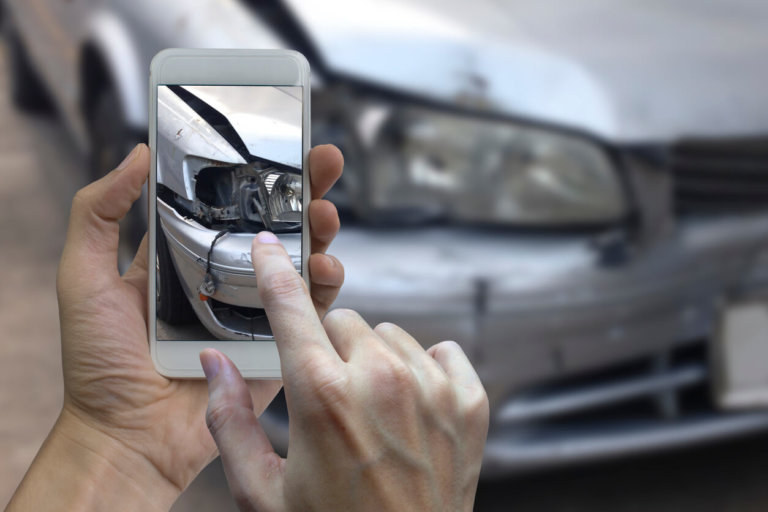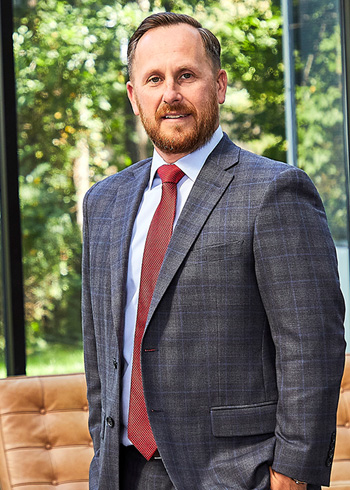Unfortunately, car accident statistics continue to rise on state highways and community streets across America, including New Jersey. A high commuter state, New Jersey’s roadways are no strangers to vehicle collisions and injury accidents.
If you’re involved in a New Jersey car accident, it’s imperative you take action to protect yourself after the accident. After seeking medical attention and contacting a New Jersey car accident attorney, you must document evidence of the accident.
Photographs provide some of the best evidence of car accident scenes. Following these tips for taking photos after a car accident will help you get valuable evidence to use in future insurance and personal injury claims.
3 Tips for Taking Photos After a Car Accident
When it comes to collecting evidence, you can never do too much. Taking a vast number of photos will ensure that details are well documented and that of the photos taken, some will be good enough to use.
1. What to Photograph at My Car Accident Scene
Property Damage: Any internal or external damage to vehicles involved should be photographed. Additionally, include photographs of any surroundings that were damaged, i.e., traffic signs, guardrails, parked cars, buildings, trees, etc.
Injuries: Take pictures of your injuries as soon as possible after the accident. Any abrasions, lacerations, and bruising should all be photographed. Sometimes, injuries will develop in days following the accident. Be sure to photograph new injuries as they appear, i.e., new bruises or swelling.
Surroundings: Photos of the surrounding area and traffic signs are vital to reconstructing the accident and determining negligence. Was the street well-lit? Did an overgrown tree obscure visibility? Was a stop sign missing? Was there an obstruction in the road or unmarked roadwork?
- Road signs and directional signs
- Traffic lights and street lights
- Buildings, trees, and landscaping
- Intersections and parking lots
- Skid marks and accident debris
2. Who to Photograph at My Car Accident Scene
Photographs of people present at the accident are important. These photos could speak to the other drivers’ or passengers’ condition, the injuries sustained or claimed by passengers or drivers, how the accident was processed, and potential witnesses or interference at the scene
- Yourself
- Your passengers
- The other driver(s)
- Other vehicle passengers
- Witnesses and bystanders
- Law enforcement and medical support
When photographing others, do so with sensitivity and respect to not interfere with or prevent emergency medical response or provoke any anger or negative reaction.
3. How to Photograph My Car Accident Scene
Photographs tell the visual story of an accident and relay essential details that may otherwise be missed or forgotten in the aftermath of an accident. There must be several perspectives from which the pictures are taken.
- Close-ups: show the severity of injuries or property damage
- Wide Angle: offer perspective on the surrounding in general.
- Varied Angles: different perspectives, with common landmarks in each picture
Photos taken from varied angles and distances help protect against arguments that the photos were manipulated to create a false narrative of the accident.
New Jersey Car Accident Attorney can Help
If you have been injured in a New Jersey car accident, you may be entitled to compensation for your injuries. Remember to remain calm, seek medical attention for your injuries, and document evidence. How you proceed after the accident could affect the outcome of any legal claim you may seek.
For a comprehensive case review of your New Jersey car accident and advice regarding insurance settlements and legal claims for damages, contact an experienced New Jersey car accident attorney today.

